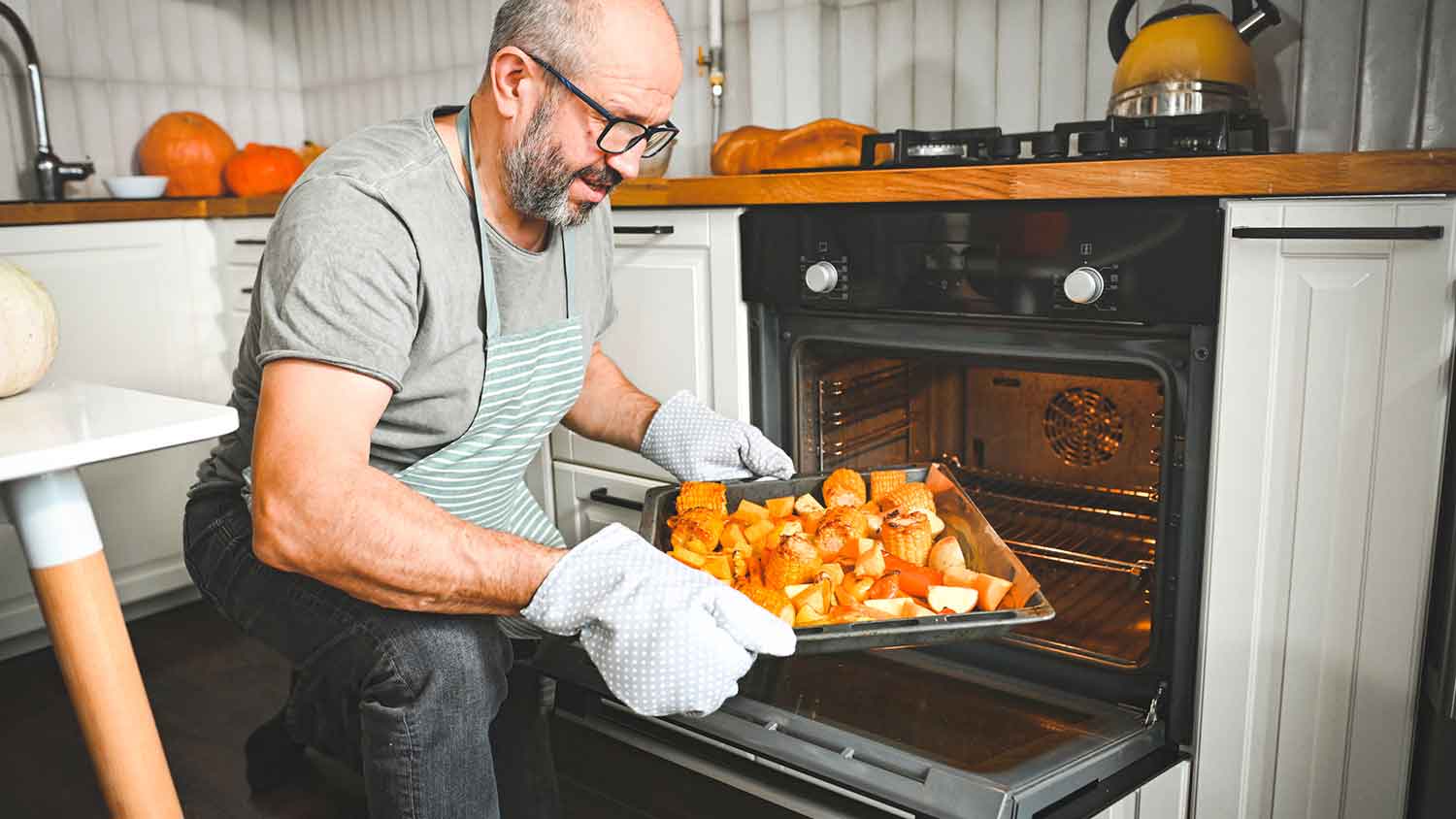Everything You Need to Know About the Different Parts of a Refrigerator
Your guide to the many parts of this common appliance


The compressor is a core component, circulating refrigerant throughout the refrigerator system.
The expansion valve regulates the amount of refrigerant that enters the evaporator coils from the condenser coils.
You can often save 70% on refrigerator repairs by completing them yourself.
Refrigerators are among the most important (and expensive!) appliances in the home, so it’s worth your while to understand how this appliance works so you can properly maintain it and troubleshoot any problems before they become too costly. This guide breaks down each refrigerator part, describing where it’s located and how it works, to give you a solid understanding of this important appliance and its many different mechanisms.
What Are the Different Parts of a Refrigerator and How Do They Function?

1. Compressor

Typically located behind or beneath the refrigerator, the compressor circulates refrigerant throughout the refrigerator system, so it’s a critical component of any refrigerator. It works by compressing the refrigerant, which raises its pressure and temperature, creating a high-temperature, high-pressure gas that the compressor then pushes through the condenser coils, where it releases heat and cools down, perpetuating the refrigeration cycle.
2. Condenser Coils
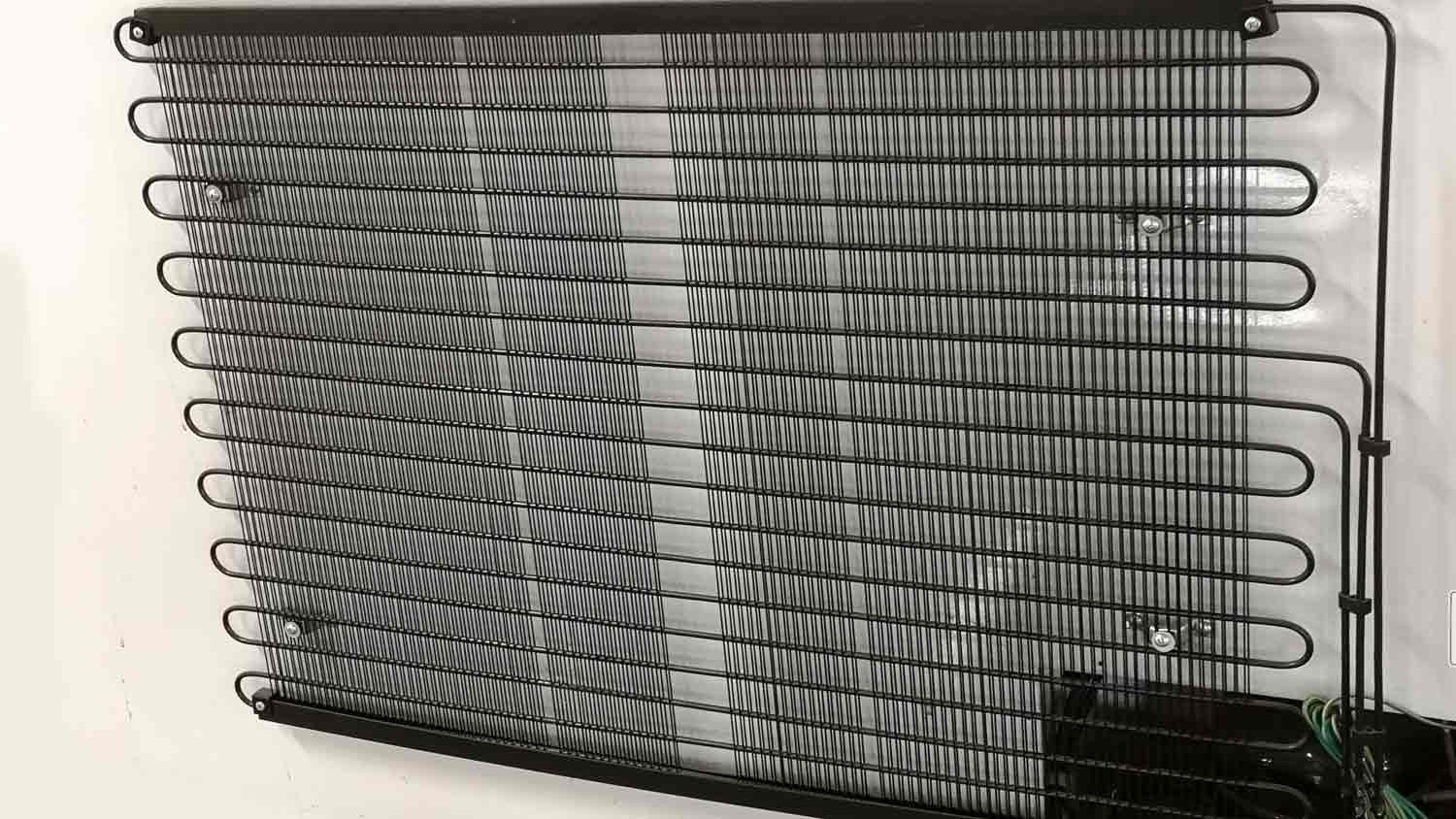
Like the compressor, condenser coils are usually located behind or beneath the refrigerator. Once the refrigerant is compressed into a high-temperature and high-pressure gas, it travels across the condenser coils. The coils facilitate the release of the refrigerant’s heat, cooling it down and condensing it into a liquid before it continues through the cooling cycle.
3. Evaporator Coils

Evaporator coils are located inside the refrigerator. The refrigerant flows through these coils while it’s in the cold liquid state that the condenser coils created. When the air inside the refrigerator comes into contact with these cold coils, they absorb heat from the air, evaporating it and turning it into a gas, which cools the surrounding air.
4. Expansion Valve
The expansion valve sits between the evaporator and condenser coils, regulating the amount of refrigerant that enters the evaporator coils from the condenser coils. The valve reduces the pressure of the refrigerant, transforming it into a low-pressure, low-temperature liquid before it enters the evaporator.
5. Thermostat
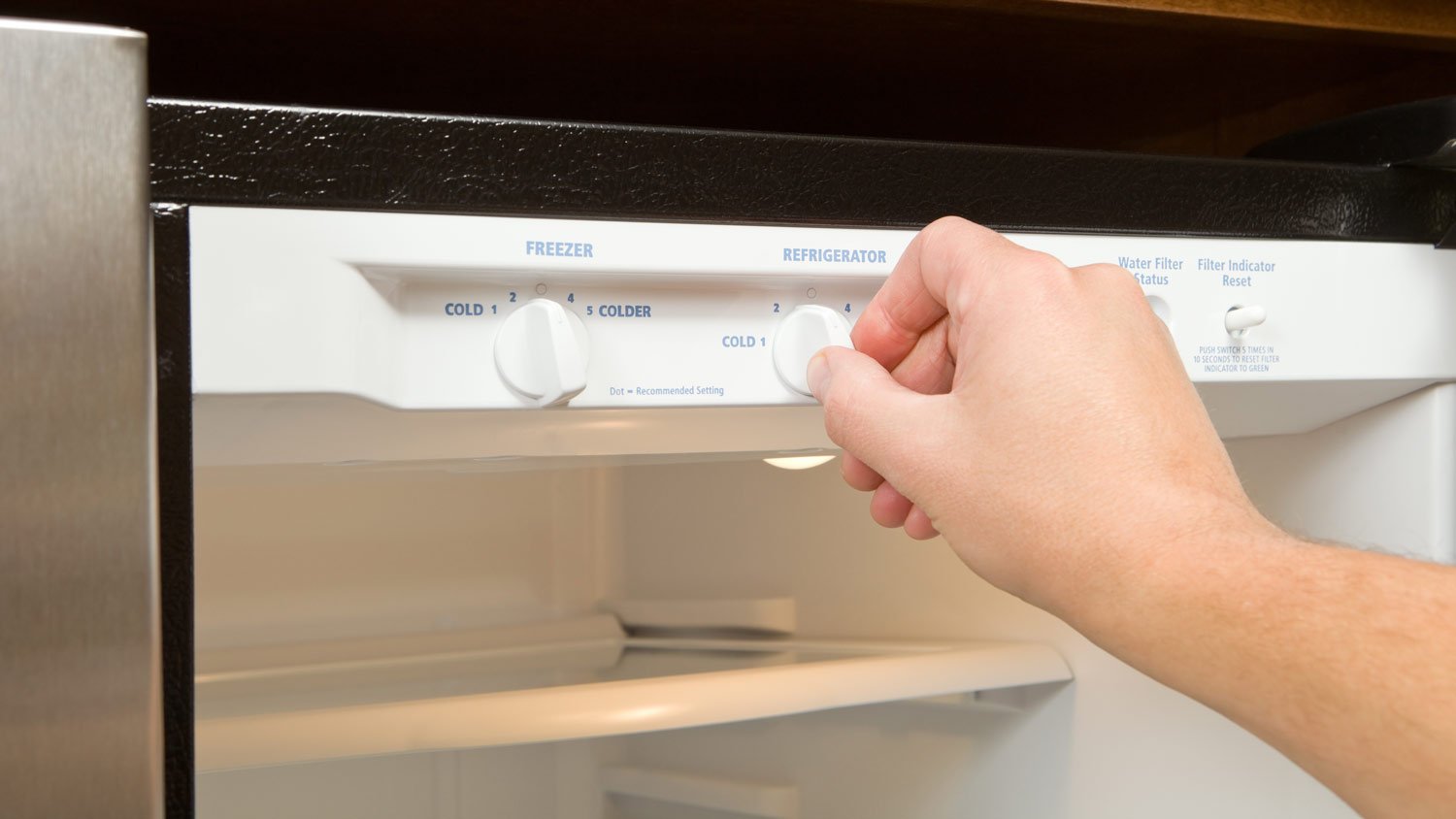
The thermostat is inside the refrigerator, usually mounted on an interior wall. It monitors the refrigerator’s internal temperature and turns the compressor on or off as appropriate to maintain a cool and consistent temperature inside the fridge.
6. Door Gasket
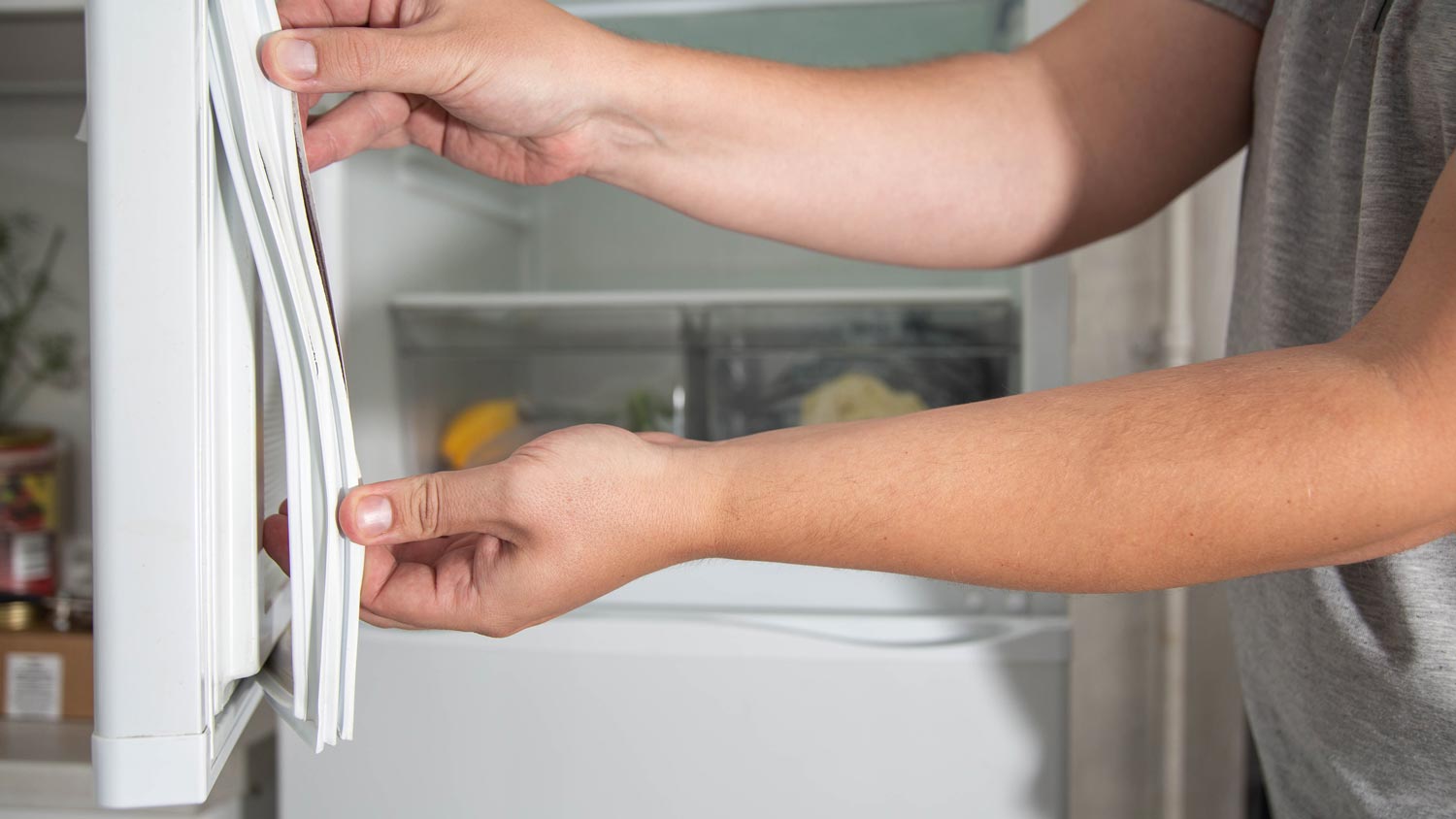
The door gasket is a rubber strip that lines the edges of the refrigerator door to ensure an airtight seal when the doors close. It prevents warm air from entering the fridge and cold air from escaping to enhance energy efficiency and ensure a stable internal temperature.
7. Shelves and Drawers
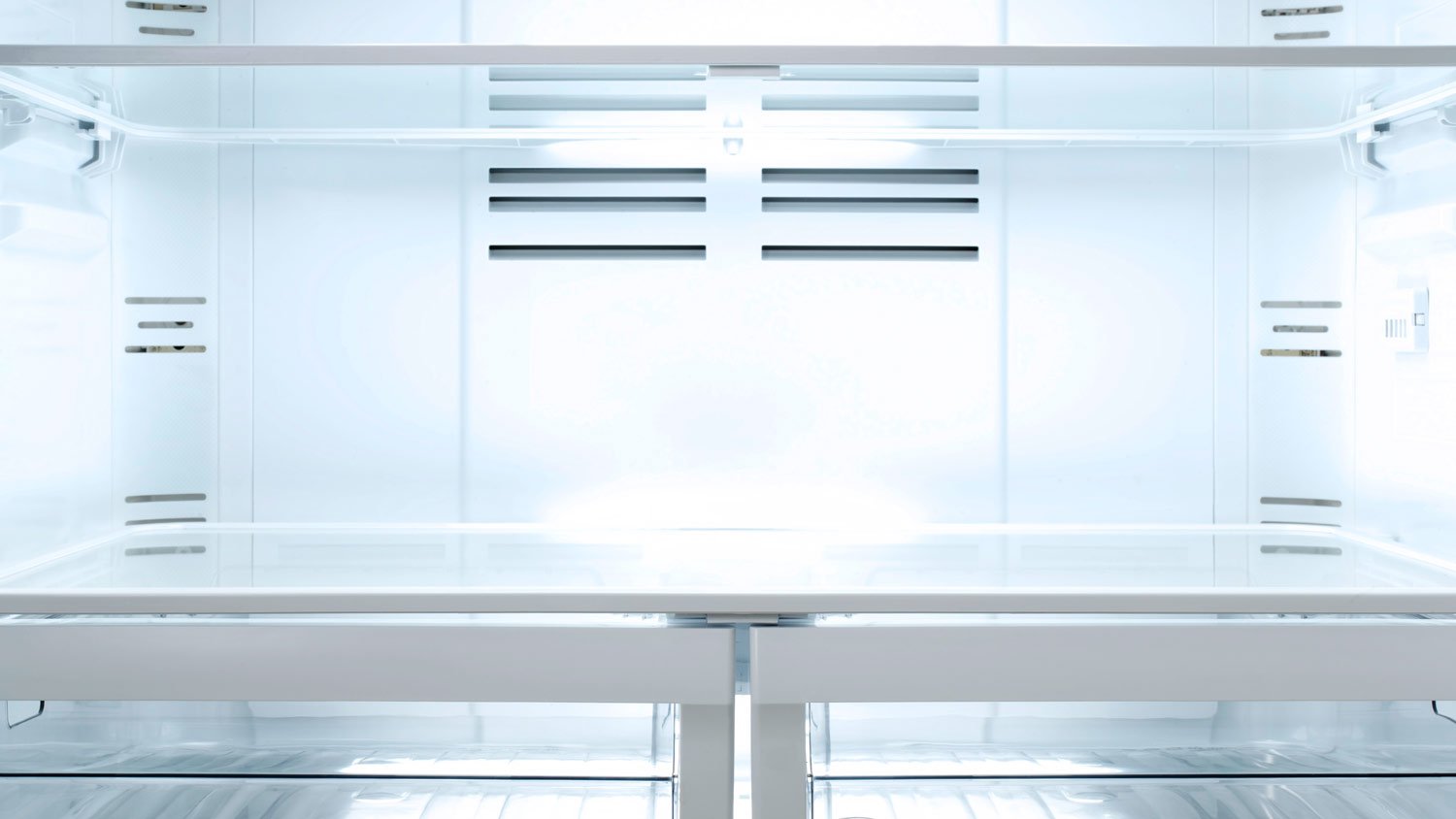
Most refrigerators have shelves and drawers inside to store food. Some drawers are specialized for different purposes, such as crisper drawers, which help to maintain optimal humidity levels to keep produce fresh for longer periods.
8. Water Dispenser and Ice Maker
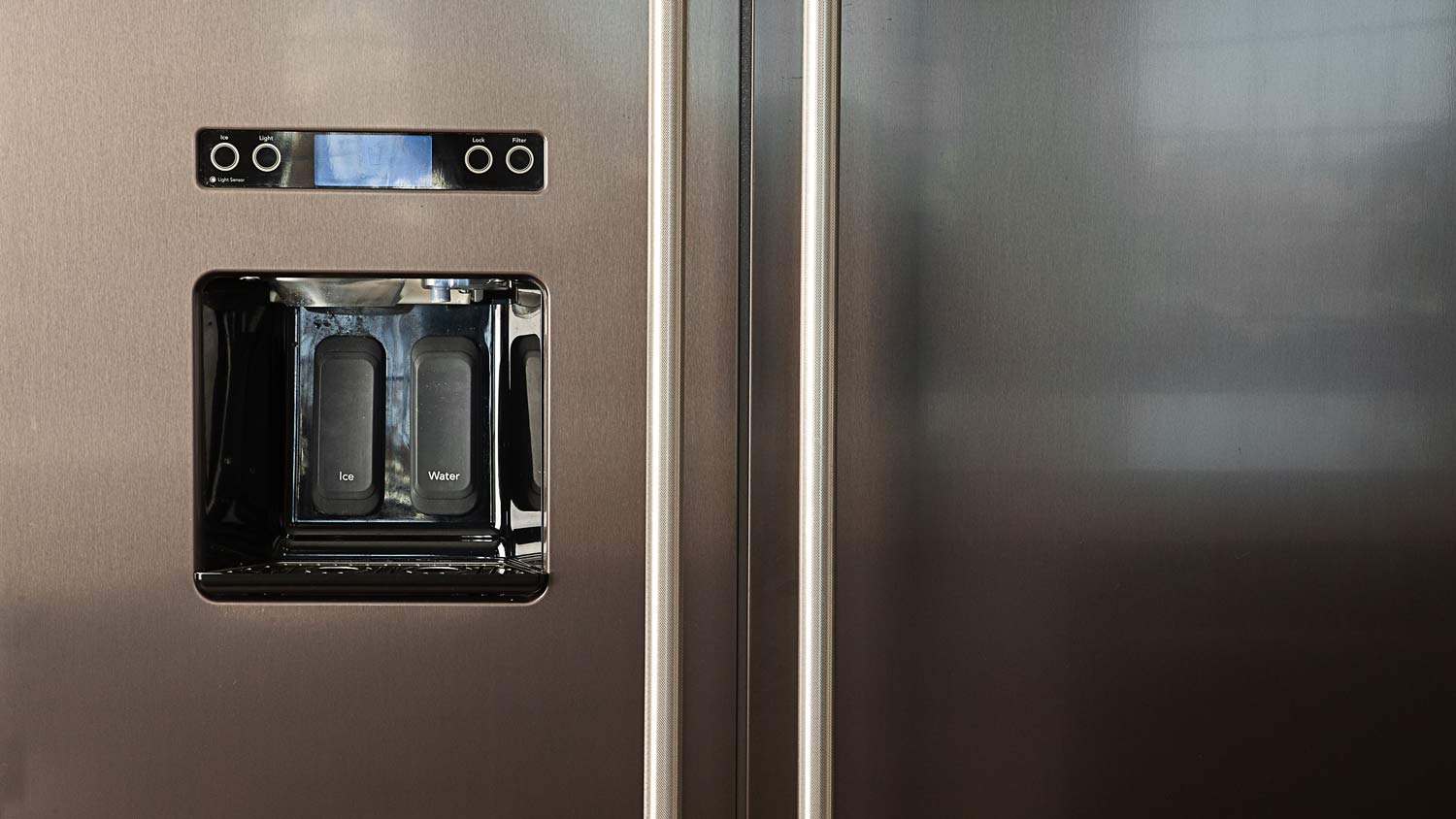
Usually located inside the refrigerator door, the water dispenser provides filtered water that you can retrieve from a component on the outside of the fridge door. Meanwhile, the ice maker has a sensor inside of it that automatically produces ice cubes when they get too low in supply.
9. Control Panel

Many refrigerators have a control panel on the front of the door. This panel lets you adjust various settings, like temperature and energy-saving features, as well as control the water dispenser and ice maker.
10. Interior Lights

Refrigerators have lights inside of them that automatically turn on when you open the door and illuminate the interior to make it easy to find items. Most modern refrigerators have LED bulbs that can last as long as the refrigerator itself.
11. Evaporator Fan
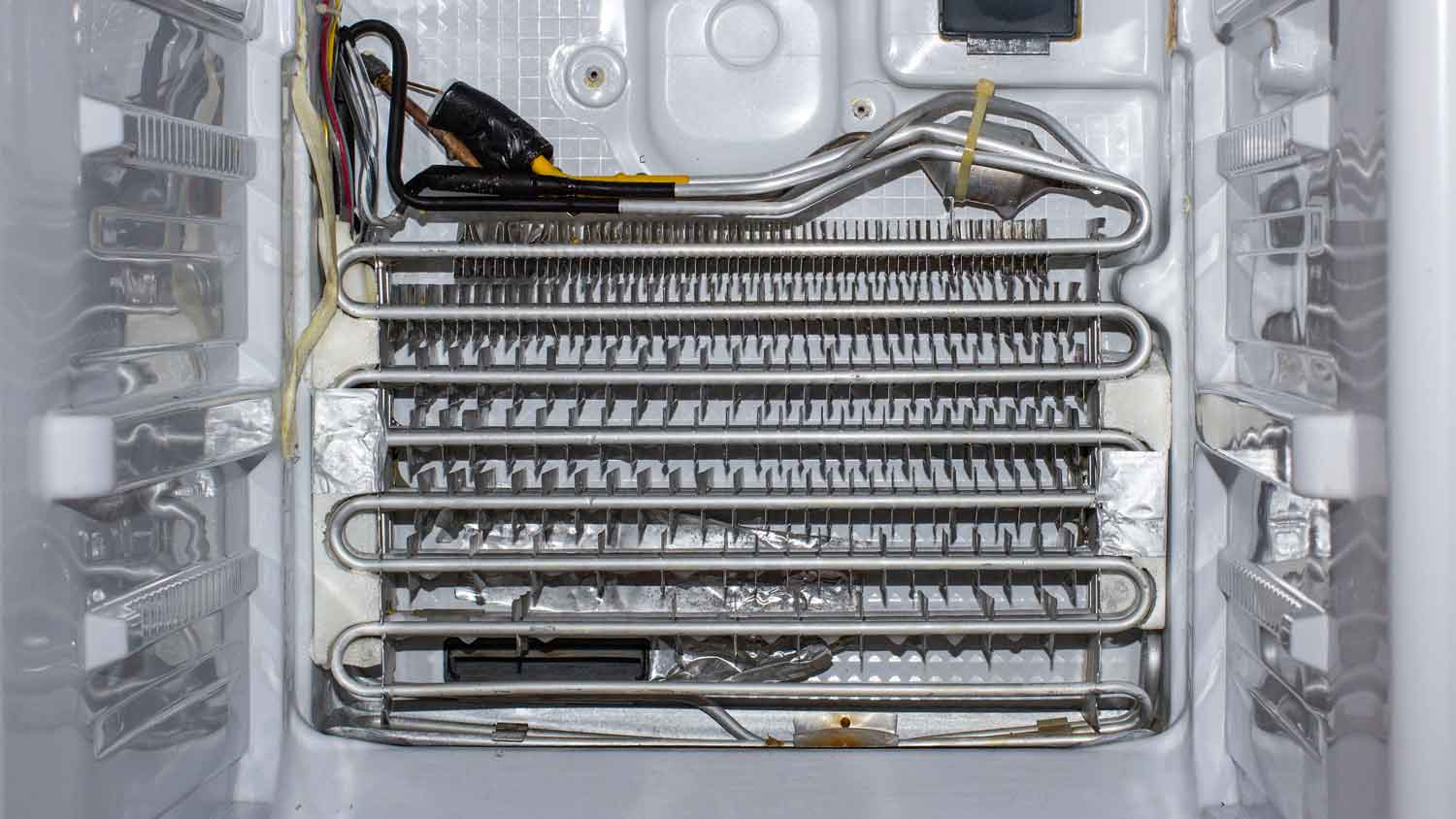
The evaporator fan is typically located near the evaporator coils, and it circulates air over them to help distribute cool air throughout the refrigerator’s various compartments. The circulation it provides helps to prevent warm spots and ensure consistent cooling.
12. Water Filter
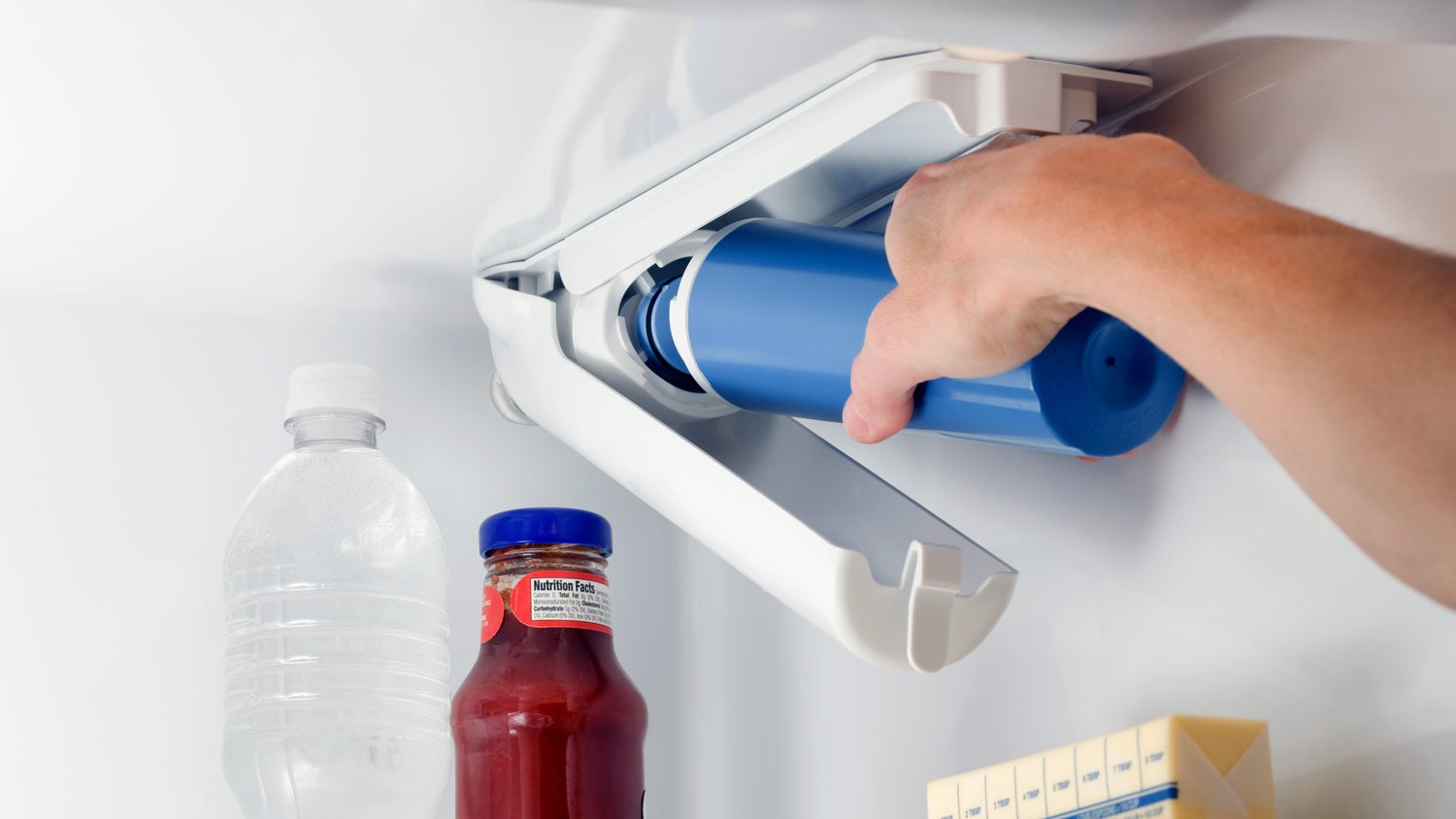
Water filters are located near the refrigerator’s water dispenser. They’re designed to remove impurities from the water to provide high-quality water for drinking. You’ll need to replace the water filter regularly to ensure its efficacy. Replacement periods depend on the type of filter, so check with your manufacturer for recommendations.
13. Drip Pan
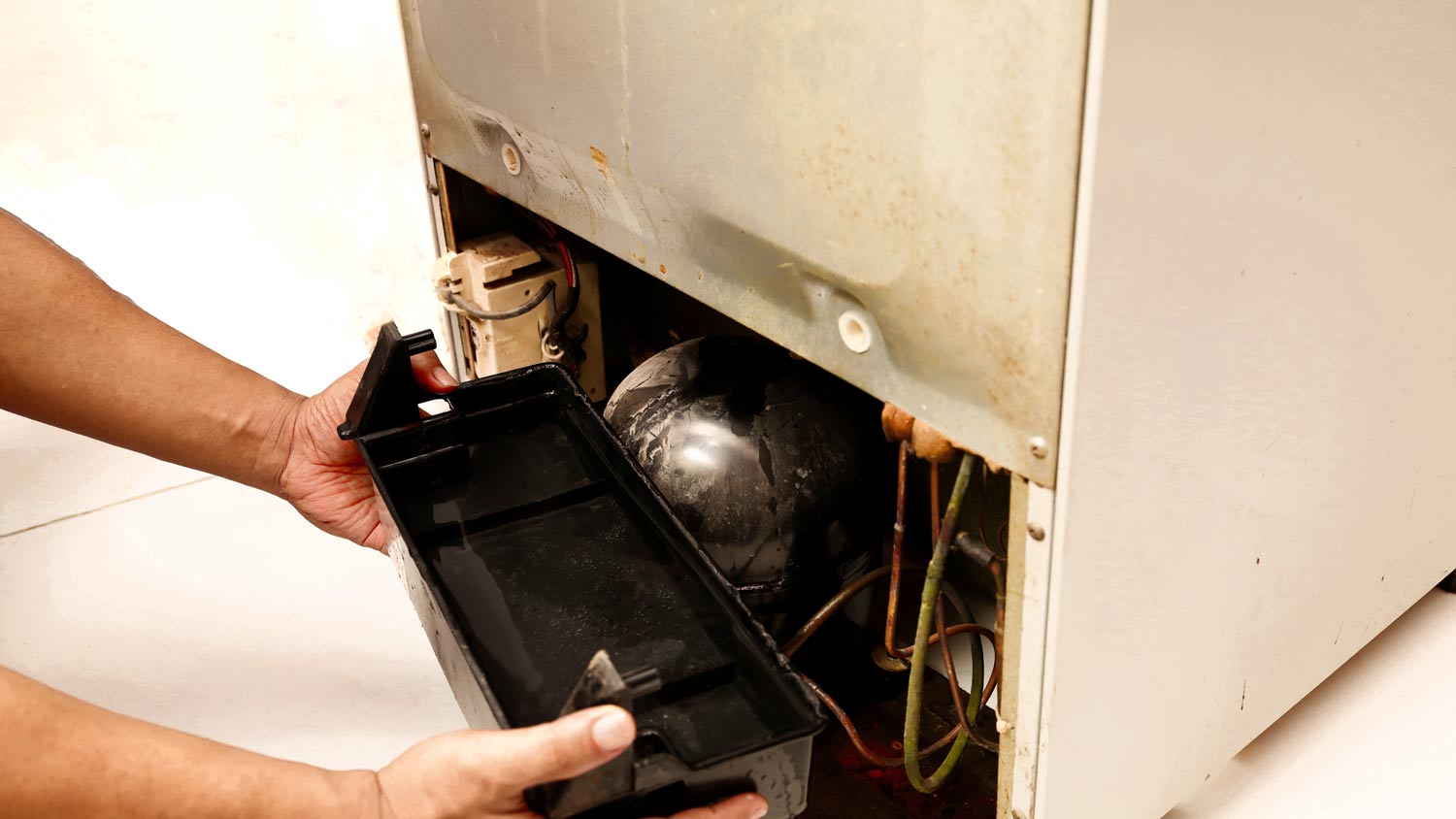
The drip pan is located beneath the refrigerator, underneath the condenser coils. It’s used to collect condensation and any water that may overflow from the unit’s defrost system to prevent it from leaking onto your floor. It’s a good idea to check the drip pan a few times per year and clean it to ensure proper drainage.
14. Start Relay
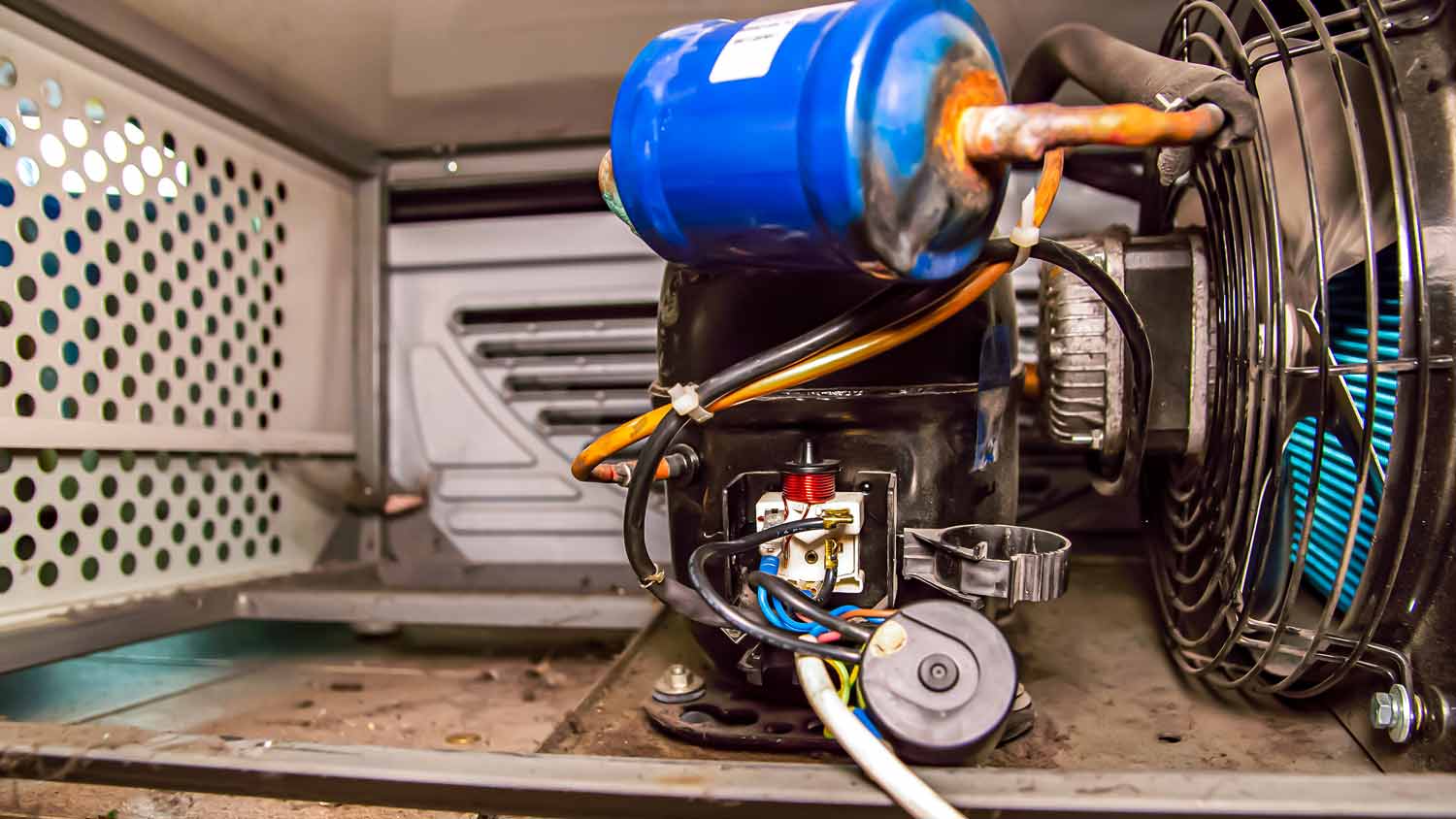
The start relay is located near the compressor and provides an initial surge of power to start the compressor. Once the compressor is up and running, the start relay disengages.
15. Overload Protector
Also located near the compressor, the overload protector prevents the compressor from overheating by shutting it down when it becomes too hot or draws too much electrical current. It’s a protective component that prevents compressor damage.
16. Control Board

Also known as the motherboard, the control board is usually located at the back or inside of the control panel. It manages the operation of many of the refrigerator’s components, like the compressor and fans. It works by receiving input from various sensors and the thermostat to regulate cooling cycles and other functions.
How to Maintain the Different Parts of a Refrigerator
Performing regular maintenance on your refrigerator can help keep it in working order and prolong its life span. Beyond cleaning the interior and exterior regularly to prevent odors, it’s a good idea to check and clean the door gaskets every three months or so. Inspect them for any cracks or tears, which can cause cold air to escape and reduce your fridge’s energy efficiency. Dirt buildup on the gasket can also reduce energy efficiency since it can affect the airtight seal, so wipe the gasket down every few months with a damp cloth.
Additionally, inspect the condenser coils every six months or so. Dust and debris can accumulate on them, reducing their efficiency and making the fridge work harder. Cleaning them twice per year with a vacuum cleaner or coil brush can help prolong your refrigerator’s life span.
Finally, inspect the drip pan every few months. Dump out any excess water and clean the pan to ensure excess moisture continues to drain properly.
Cost to DIY Refrigerator Part Repair vs. Hiring a Pro
Refrigerator repairs cost between $200 and $300, on average. About 70% of that cost goes to labor, with the rest of the cost going to parts and materials, so repairing a refrigerator yourself is likely to cost 30% of what it would to hire a pro. However, some refrigerator repairs are complex and require specialized tools and knowledge, so if you have any reservations about your ability to complete the repair properly, call a refrigerator repair professional to handle the job.



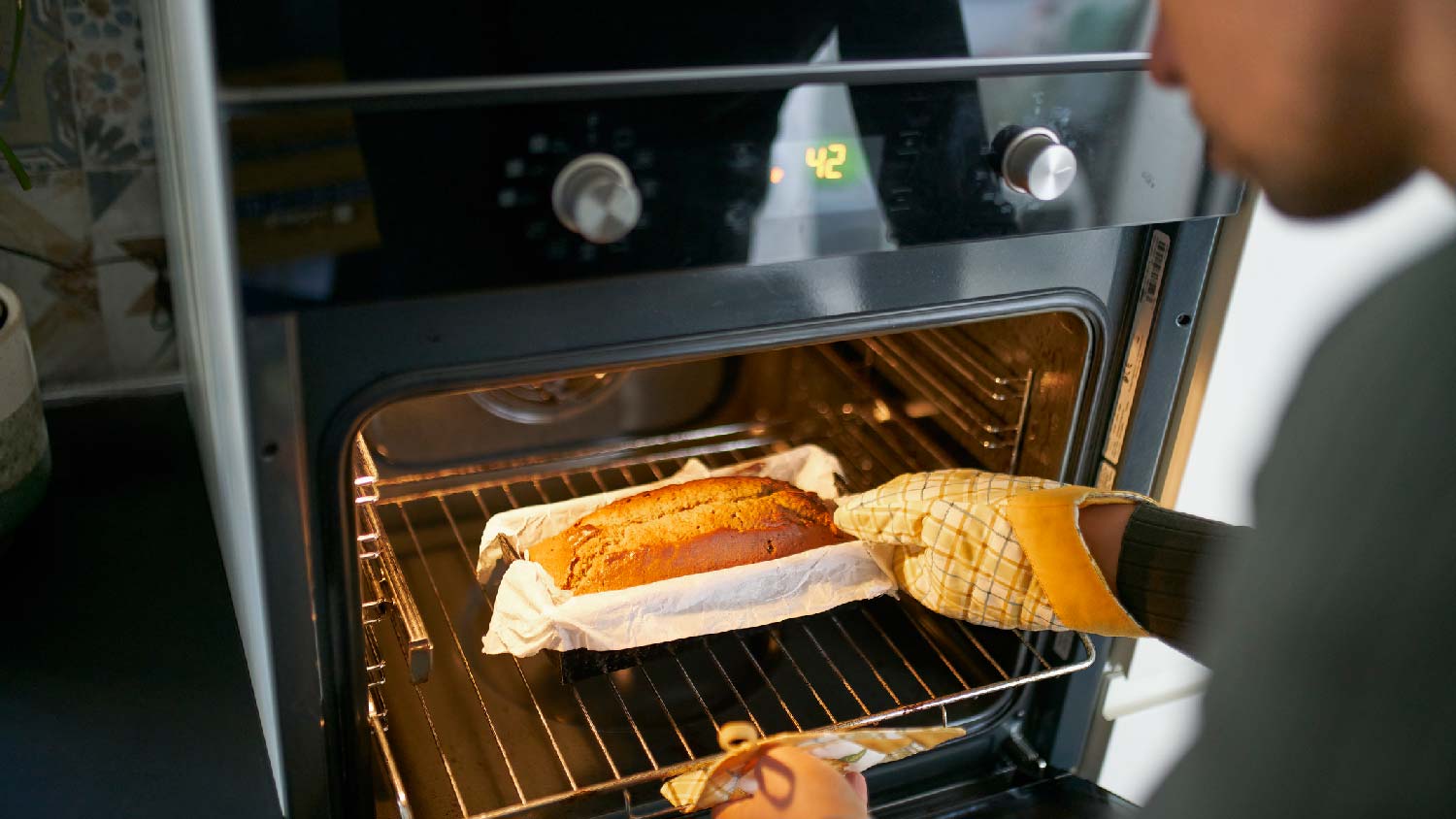
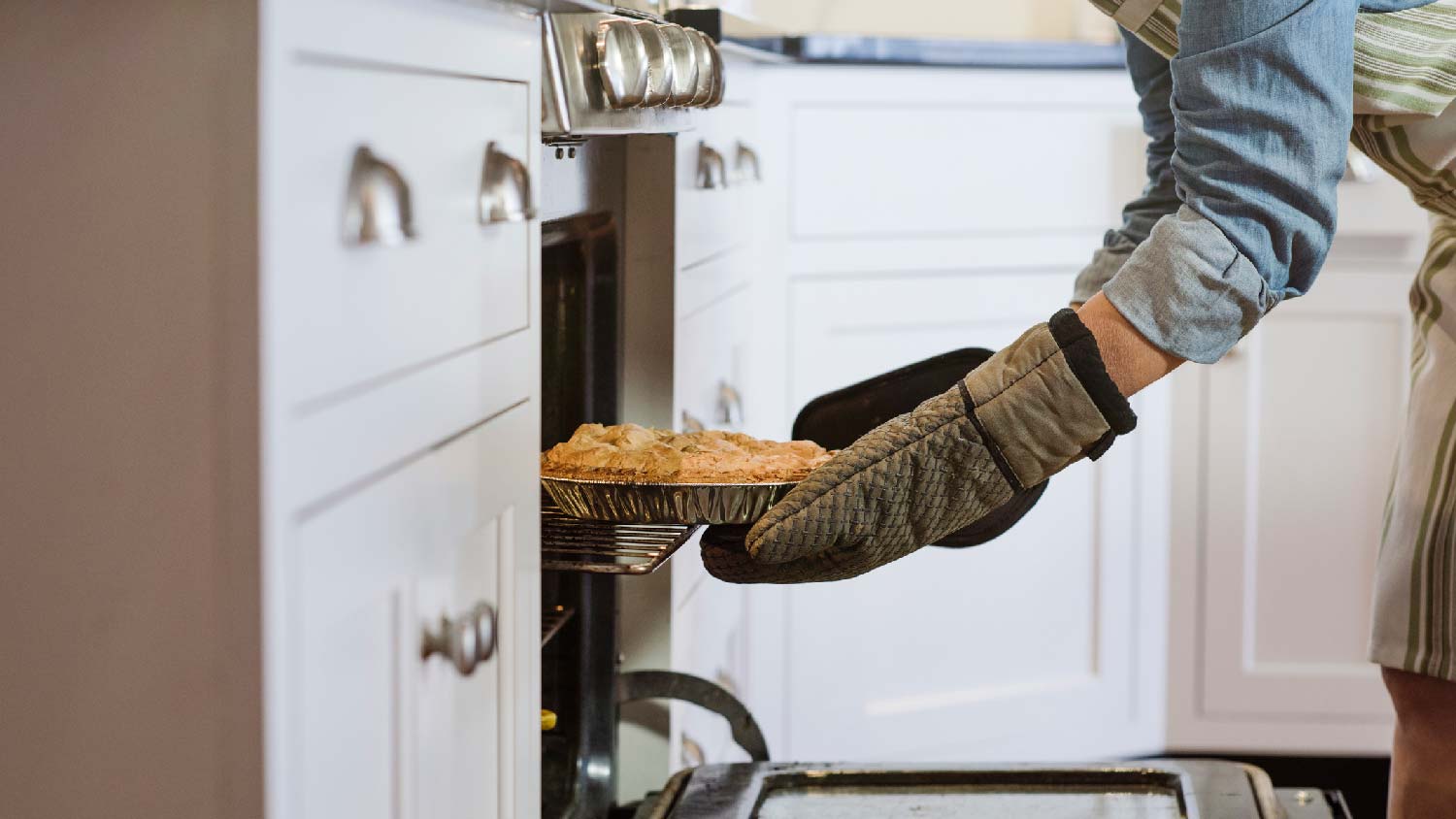
- Appliance Repair Companies
- Washing Machine Repair
- Dryer Repair
- Refrigerator Repair
- Dishwasher Repair
- Oven Repair
- Wood & Pellet Stove Repair
- Freezer Repair Services
- Wood Stove Services
- Gas Stove Repair
- Emergency Appliance Repair Companies
- Ice Maker Repair
- Gas Appliance Repair
- GE Appliance Repair
- GE Refrigerator Repair
- GE Dryer Repair
- GE Dishwasher Repair
- GE Washing Machine Repair
- Samsung Appliance Repair
- Samsung Refrigerator Repair
- Samsung Dryer Repair
- Samsung Washer Repair
- Samsung Dishwasher Repair
- Samsung Oven Repair
- Whirlpool Repair
- Whirlpool Refrigerator Repair
- Whirlpool Washer Repair
- Whirlpool Dryer Repair
- Whirlpool Oven Repair
- Maytag Appliance Repair
- Maytag Refrigerator Repair
- Maytag Washer Repair
- Maytag Dryer Repair
- Maytag Dishwasher Repair
- Kitchenaid Appliance Repair
- Kitchenaid Oven Repair
- Kitchenaid Refrigerator Repair
- Kenmore Appliance Repair
- Kenmore Dishwasher Repair
- Kenmore Washer Repair
- Kenmore Dryer Repair
- LG Refrigerator Repair
- Bosch Appliance Repair
- Kenmore Refrigerator Repair
- LG Appliance Repair Services
- GE Microwave Repair
- Electrolux Appliance Repair
- Electrolux Washer Repair
- Kitchenaid Dishwasher Repair Services
- Wood Stove Inspection
- Dishwasher Installation
- Trash Compactor Repair



